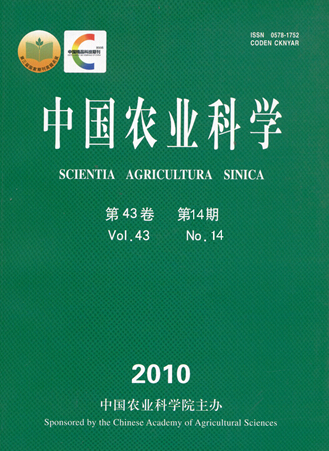【Objective】 This study was undertaken to elucidate the consumption characteristics of soil potassium, and clarify the effects of different tillage practices on the distribution of potassium in soil profile under cotton monoculture conditions. 【Method】 Some cotton monoculture fields, 1-year cropping, 5-year cropping, 15-year cropping, 20-year cropping, 30-year cropping and 30-year cropping with deep tillaged or rice-cotton rotated practice, were adopted to analyse the variation characteristics of total K and available K in 0-100 cm depth of soil profile. 【Result】 From surface to deep soil, the contents of total K and available K decreased to minimum content at 40-50 cm soil layer, then increased under cotton monoculture conditions. There was distinctive content of total K and available K in soil vertical layer related to different cropping years. With the increase of cropping year, the content of total K and available K were increased and then decreased, continuous decreased and increased in 0-20 cm, 20-70 cm and 70-100 cm soil vertical, respectively. When deep tillaged practice was adopted, the content of total K was even in 0-60 cm soil vertical and the release degree of available K was enhanced. Thus, the content of available K was high during the cotton development stage in middle soil vertical. When rice-cotton rotation practice was adopted, the content of total K and available K accumulated remarkably in deep soil layer from surface layer, and eluviation-illuviation was increased. Thus, the content of available K was low in 0-40 cm soil layer at the following cotton development stage. 【Conclusion】 Many of K, about 63 kg?hm-2?year-1, was carried away through seed cotton from soil. The consumption of K was severe in middle layer of sandy loam soil under cotton monoculture conditions, especially 40-50 cm layer. However, using deep tillaged practice, the distribution of K was changed in soil layer. Furthermore, the content of K was enhanced in middle soil layer and the release of available K was accelerated in soil. On the other hand, using rice-cotton rotation practice, leaching loss of K was increased from soil. Therefore, it was recommend that application of K should be reinforced during the following cotton development stage under monoculture conditions using rice-cotton rotated practice in sandy loam soil.









